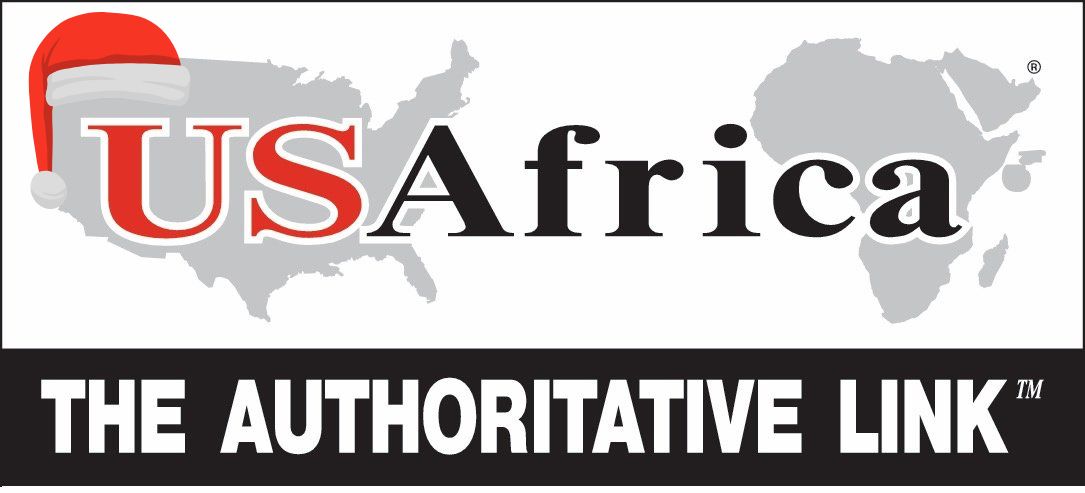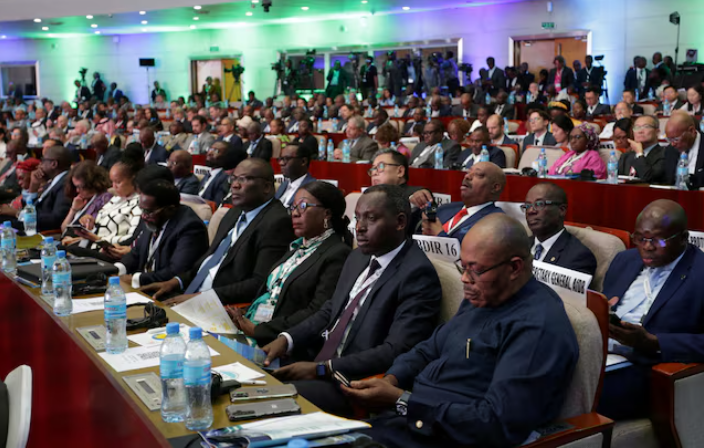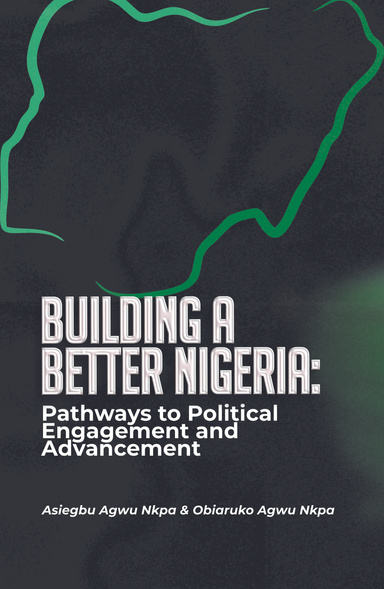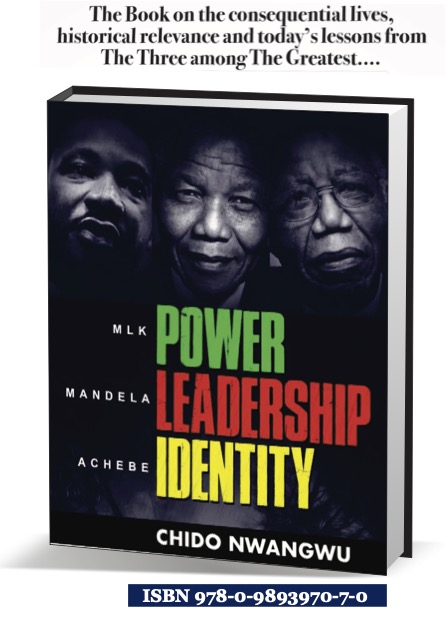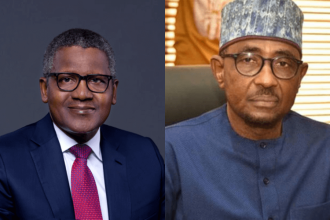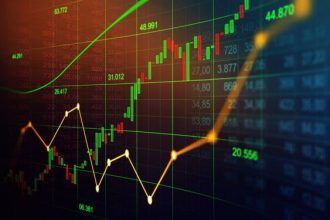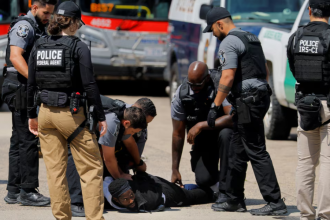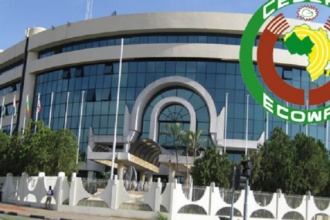An ambitious initiative to connect 300 million Africans to electricity over the next six years has received new financial commitments totaling over $8 billion from key lenders, including the Islamic Development Bank (IsDB) and the Asian Infrastructure Investment Bank (AIIB).
The Mission 300 initiative, launched in April by the World Bank and the African Development Bank (AfDB), is estimated to require $90 billion in funding. However, the implementation of the project faces significant hurdles due to economic constraints in many African countries, particularly sluggish revenue growth and high debt service costs.
Financing Challenges and Commitments
“Our national balance sheets are insufficient… to achieve Mission 300’s objectives,” Zambian President Hakainde Hichilema stated at an Africa energy summit held in Tanzania.
Funding for the project is expected to come from a range of sources, including multilateral development banks, development agencies, private sector investments, and philanthropic organizations such as the Rockefeller Foundation, which is a partner in the initiative.
Muhammad al Jasser, chairman of the IsDB, announced that the Jeddah-based bank is committing $2.65 billion in project financing, with an additional $2 billion allocated for insuring power projects across Africa.
Meanwhile, AIIB, headquartered in Beijing, has pledged between $1 billion and $1.5 billion in financing.
“Six hundred million people in Africa without access to electricity is intolerable,” said AIIB President Jin Liqun.
Other key contributors include the French Development Agency (AFD), which has committed €1 billion ($1.04 billion), and the OPEC Fund for International Development, which has made an initial commitment of $1 billion, according to a closing statement from the AfDB.
These new financial pledges build upon existing commitments of up to $48 billion from the World Bank and the AfDB. Officials at the summit indicated that these contributions could increase during the project’s implementation phase.
Transforming Africa’s Energy Landscape
Providing electricity to 300 million people—half of Africa’s population currently without power—is a critical step in accelerating the continent’s economic development. Expanding electricity access will drive job creation and support business growth, according to World Bank President Ajay Banga.
Officials at the summit explained that 50% of the new connections will be integrated into existing national power grids, while the other half will be sourced from renewable energy solutions, such as solar and wind-powered mini-grids.
Beyond powering homes and businesses, Mission 300 is expected to improve access to clean cooking energy, reducing dependence on wood and charcoal, which contribute to environmental degradation and health risks.
“Apart from lighting up homes and businesses, Mission 300 is expected to boost the provision of clean cooking energy to homes, cutting reliance on wood and charcoal, which are harmful,” said Tanzanian President Samia Suluhu Hassan.
With growing international financial support, Mission 300 represents a major step toward addressing Africa’s persistent energy deficit and fostering sustainable economic growth.
(Exchange rate: $1 = €0.9589)
(Reuters)
